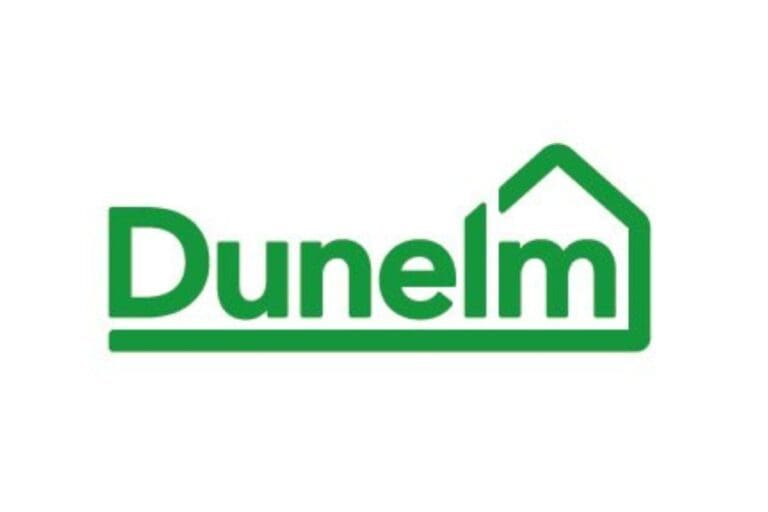The amount of people changing roles has accelerated significantly in the past year, with almost a fifth of British workers planning to find a new employer in the next 12 months. This trend, also known as the ‘great resignation’, runs alongside many older people returning to the workforce due to the rising cost-of-living in a trend dubbed ‘unretirement’.
While these trends may appear contradictory, they have similar consequences for managers. Those leading teams during these times of change have some difficult challenges to overcome, namely understanding how to fully support workers from different generations with their professional development goals, while being resilient to workforce movement.

Here, Juliane Sterzl, SVP EMEA, CoachHub, explores how managers can navigate the generation gap in their workplaces.
Juliane is the Senior Vice President for EMEA at CoachHub. CoachHub is the leading global talent development platform that enables organisations to create a personalised, measurable, and scalable coaching programme for the entire workforce, regardless of department and seniority level. Prior to this, Juliane held several leadership roles in a range of organisations, including LinkedIn and Skillsoft.
THE IMPACT OF A GENERATIONAL RANGE IN A WORKFORCE
At present, data highlights that economic activity levels amongst people over 50 are at their highest levels since the pandemic began, as workers begin to ‘unretire’. When combined with the rising retirement age, the age diversity in the workforce is widening significantly. It is now common for organisations to have people in their 20s working alongside colleagues who are 40 years their senior, which has unique consequences for the workplace environment and employee experience.
In many ways, working alongside people of different generations can be beneficial. Younger workers can benefit from the years of experience that older workers have, introducing learning from colleagues into the flow of work. Additionally, the range of ideas held by different generations can lead to more fruitful discussions, and ultimately better outputs. It is up to managers to facilitate this dialogue and team-building, which may not always come naturally.
Behavioural insights also show that different generations may diverge in their experiences and needs in the workplace. For instance, recent insights from the CoachHub platform found that those aged 20-35 saw time management as their second most important professional development priority, behind conflict management. For those aged 36-45 on the other hand, time management came in fourth, behind subjects such as emotional regulation.
Most notably, these platform insights demonstrate that different generations are experiencing the workplace in disparate ways. Even if they are working in the same team, in the same office, and sometimes even doing the same job – their experiences are far from interchangeable. Whilst this can encourage knowledge transfer and learning, it can also pose a significant challenge to managers. How can they adapt their style to suit the needs of employees from one generation to the next?
DEVELOPING A DYNAMIC APPROACH TO INTERGENERATIONAL MANAGEMENT
Managers play the role of conductors. Whether managing people or projects, managers are there to ensure that the vision is executed successfully. Generational conflict could be one of a number of roadblocks managers experience on the journey to this goal – and managing this conflict is all about agility.
Take the example of those returning to the workforce after retirement. This group could have a range of unique needs, such as lacking certain digital skills that have become commonplace in the hybrid environment, or may need additional support on navigating a workplace culture that is quite different from the one that they left. As a result, there can be difficulties with motivation and integration, especially if the team is largely much younger.
Managers who experience disintegration or a lack of collaboration between employees across generations must be agile. 86% of employees and executives cite lack of collaboration or ineffective communication for workplace failures. As such, managers should be encouraging a collaborative environment where employees can share ideas freely and openly discuss problems so they can be solved together quickly and efficiently. They can do so by considering the strengths of individual team members, ensuring that each employee’s unique skillset is being utilised as effectively as possible. Equally, managers could consider encouraging teambuilding between their intergenerational teams, so that employees begin to communicate more effectively and relate to each other better.
OFFERING PERSONALISED PROFESSIONAL DEVELOPMENT TO SUIT A RANGE OF NEEDS
In tandem with managers’ leadership styles, it is just as important for managers to champion employee development plans. Opportunities to learn skills, gain experience and move up the ladder stand out among the reasons workers choose a company or seek employment elsewhere, according to the LinkedIn Workforce Confidence Index.This is especially important for employees at the start of their careers, for whom development opportunities are crucial for personal growth, and for employees who have been working in their jobs for many years, who could be becoming disengaged.
Well-structured career development programmes make it easier for employees of all generations and the organisations they work within to achieve their aspirations. Programmes are most effective when they are personalised, allowing those from different backgrounds to achieve their unique goals. Organisations can consider integrating digital coaching into their career development programmes to ensure that employees are appropriately supported through their professional development. Coaching for managers can also be invaluable as they deal with today’s non-linear career paths, where a range of generations move fluidly between industries, companies and roles.
Navigating the generation gap is a crucial step for managers in today’s organisations, where workplace demographics are constantly shifting. Ensuring that they are agile, and leveraging the range of professional development tools on offer will allow managers to improve communication, encourage team building, and avoid intergenerational conflict.







